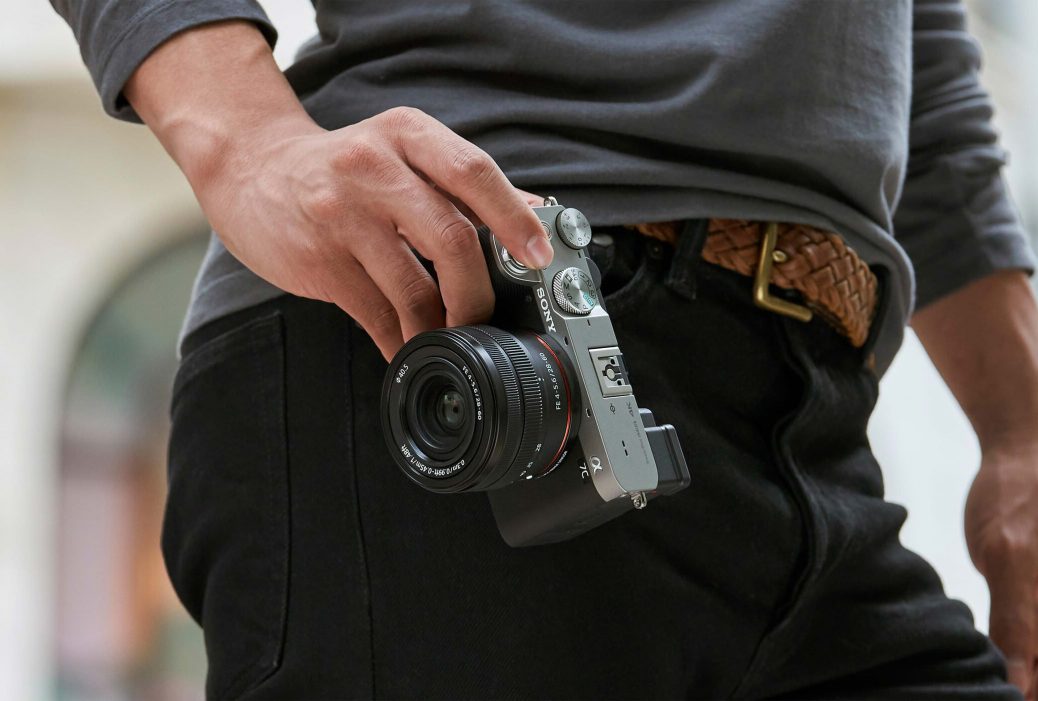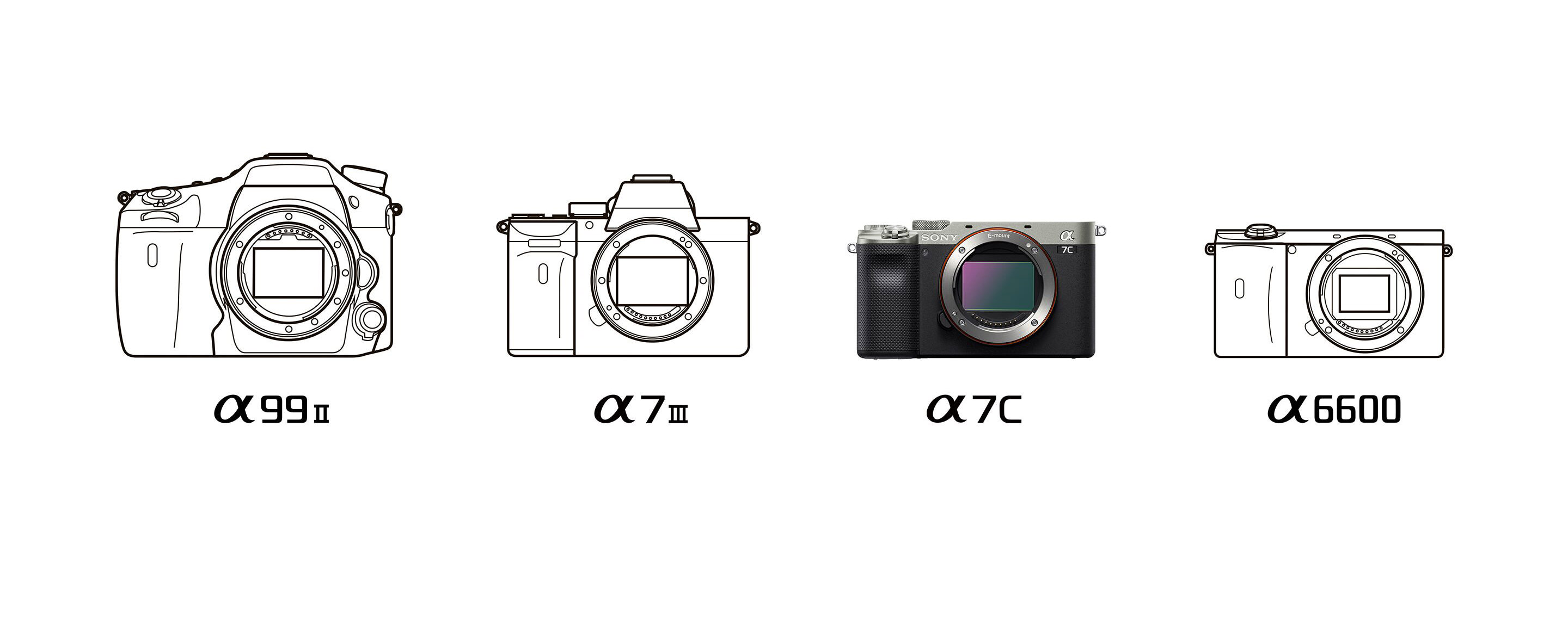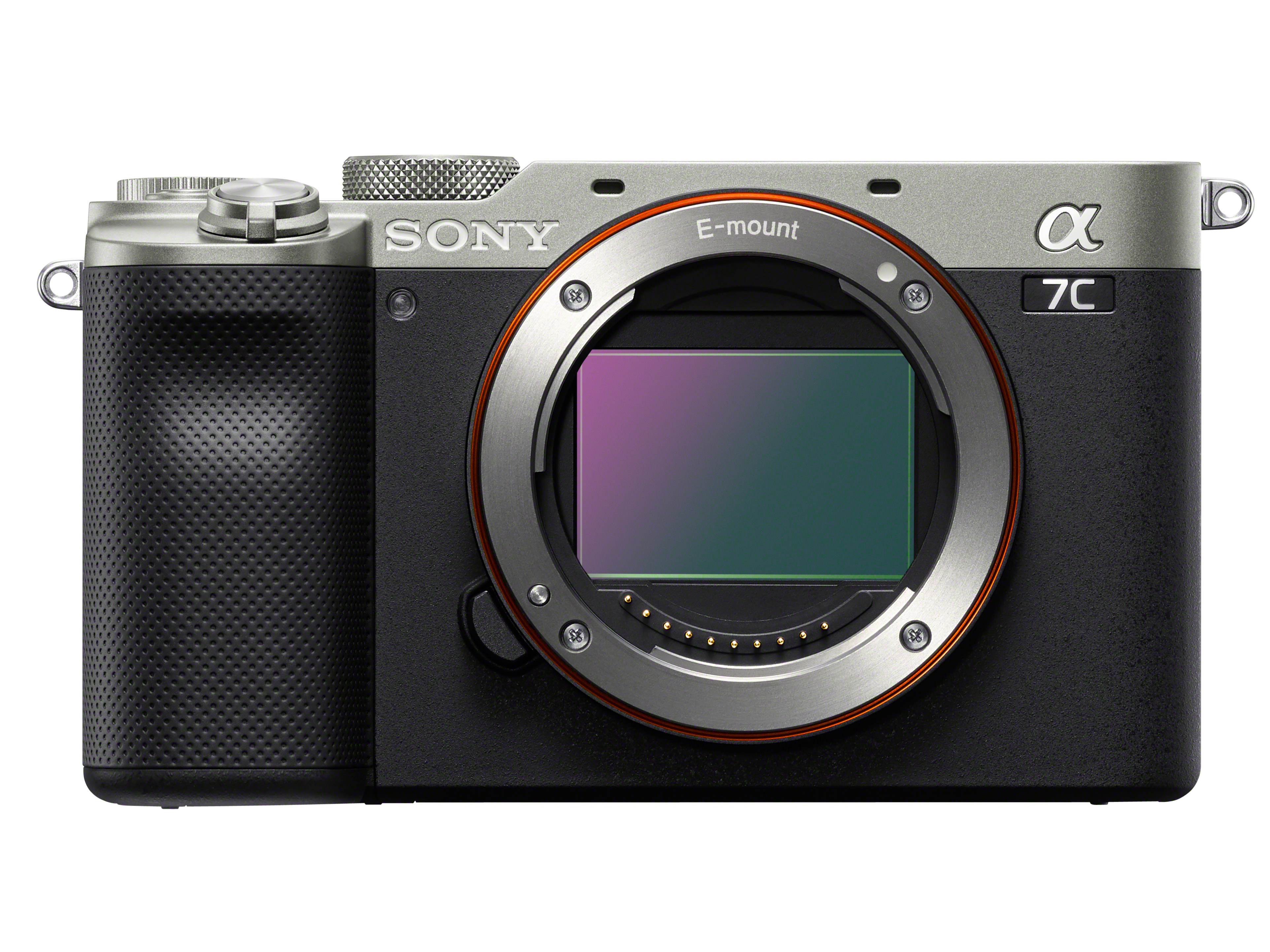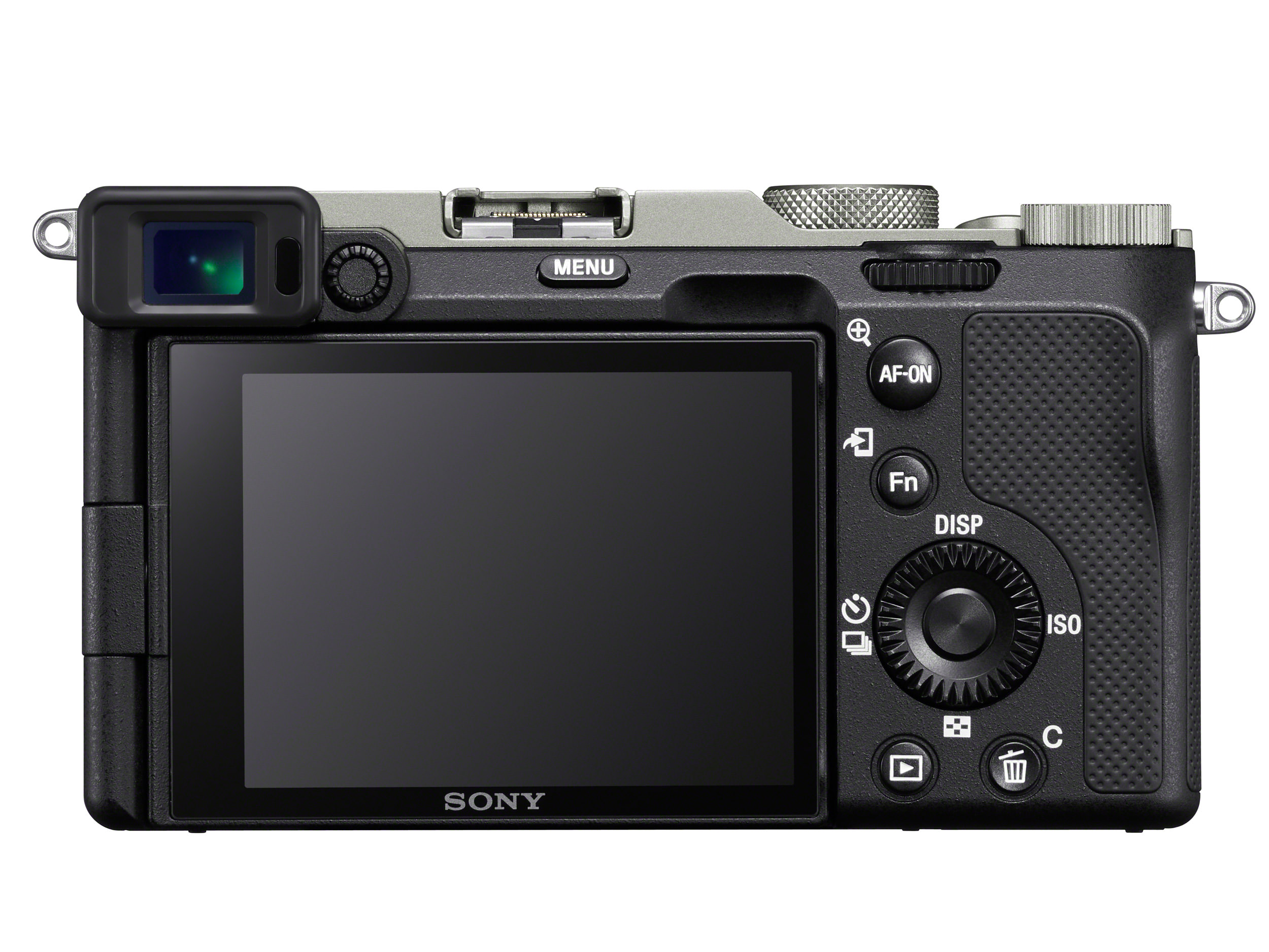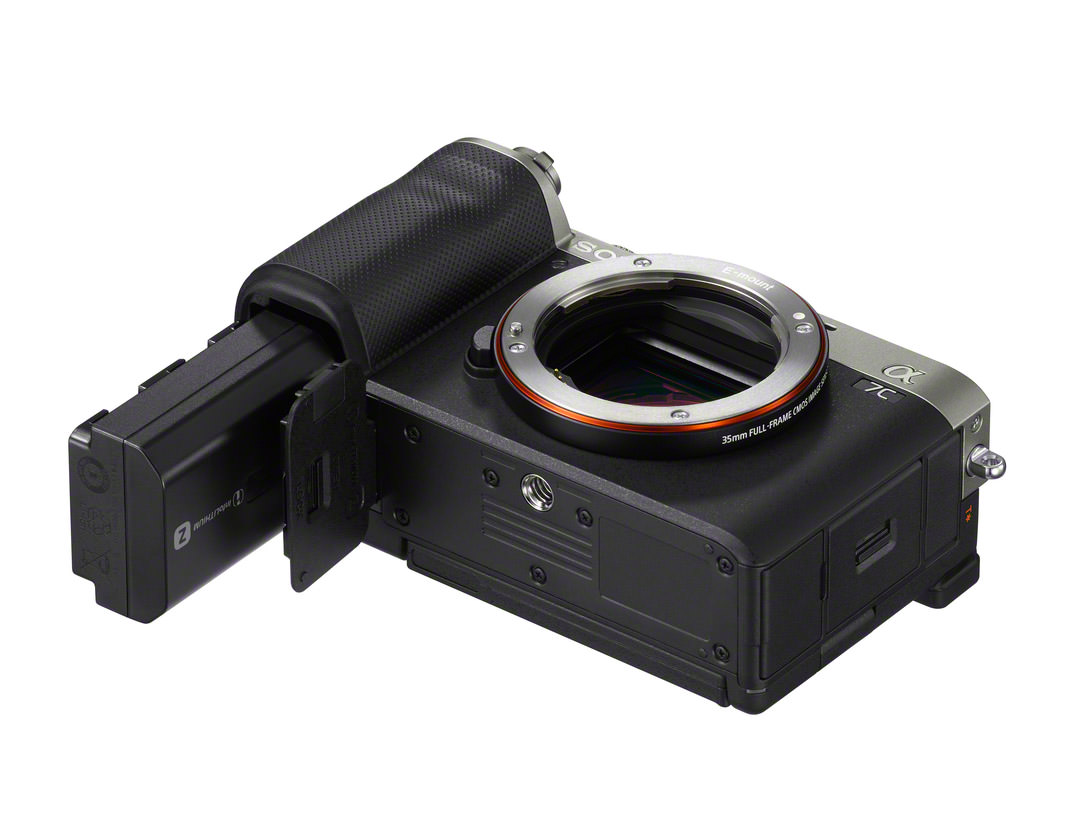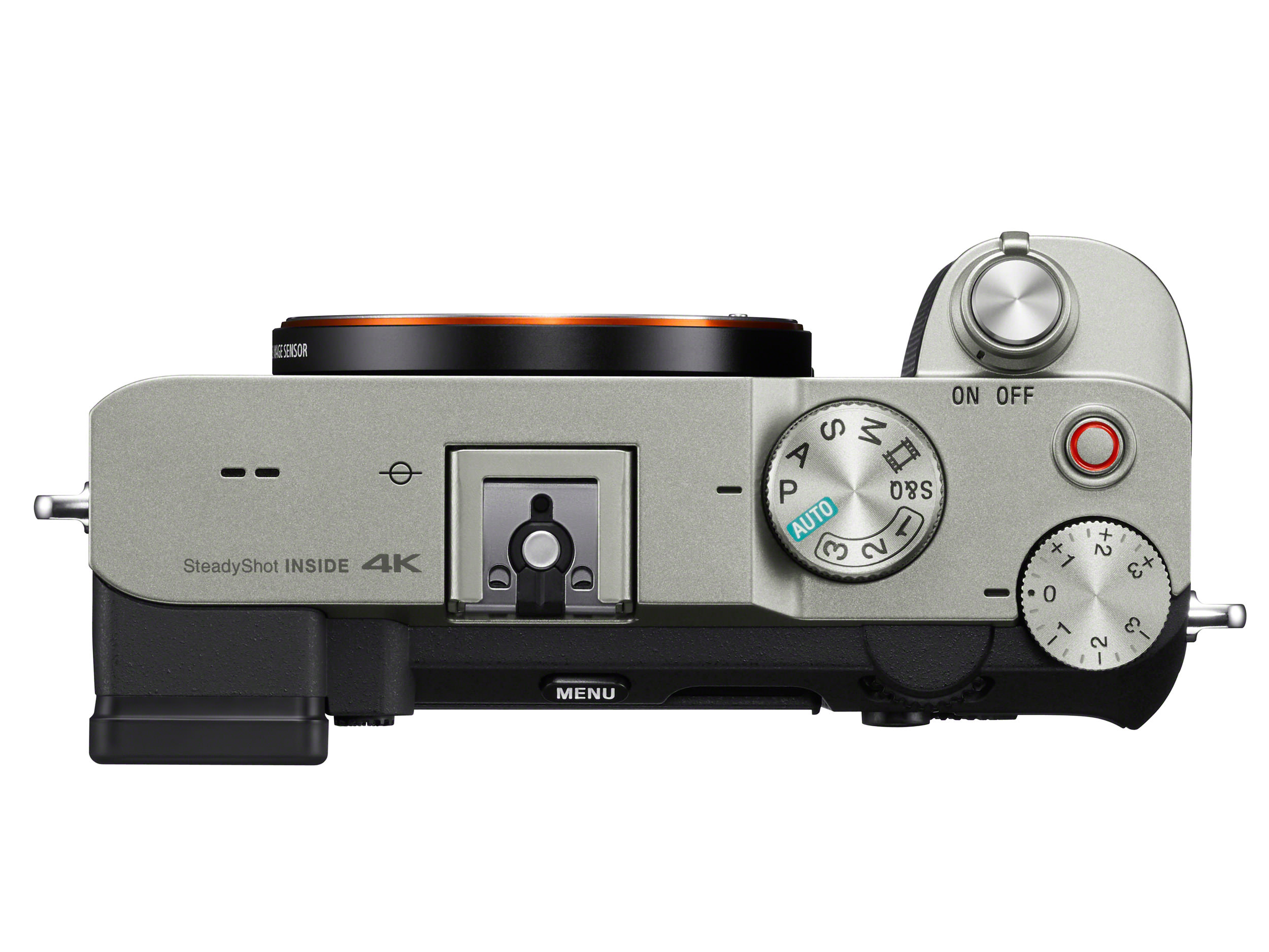Sony Introduces the Most Compact Full-Frame Mirrorless Camera with IBIS A7C
As announced before, Sony unveiled its new full-frame mirrorless camera with compact size and lightweight design via live stream today.
In the launch’s build-up, the company promised a “new concept” for its Alpha range, and the camera is indeed a fusion of the APS-C Sony Alpha 6000 series and the Sony Alpha full-frame series.
“We are committed to creating the best tools possible, based on the needs of our customers,” said Neal Manowitz, deputy president of Imaging Products and Solutions Americas, Sony Electronics. “The new Alpha 7C camera pack many of our most advanced imaging technologies in a brand new design that is the smallest and lightest full-frame camera and lens system in the world. This opens up a new world of possibilities for creators, giving them the uncompromised power of a full-frame system in the palm of their hand.”
This camera is clearly being targeted at beginners, Vloggers, and anyone needs a compact and lightweight full-frame mirrorless camera.
Despite having the same 24.2MP back-illuminated full-frame sensor of the A7 III along with the BIONZ X image processor (same as a7R IV and a9 II), the Sony A7C isn’t noticeably bigger than the highly compact Sony A6600, weighing in at just 509 grams with a battery and memory card, compared to 650 grams for the A7 III and 503 grams for the A6600.
At just 4.9 inches x 2.8 inches x 2.2 inches (124.0mm x 71.1mm x 59.7mm), Sony claims that the A7C has the world’s smallest body among full-frame interchangeable-lens cameras with optical in-body image stabilization (the Sigma fp is definitely smaller and lighter but lack of IBIS).
Other specs beside the five-axis in-body stabilization with five stops of shake reduction: maximum shutter speed 1/4000s, 10fps with continuous shooting (in Hi+ mode, 8fps in Hi mode) with AF and AE, the buffer can take up to 223 jpeg images (115 RAW images), 15 stops dynamic range for photographs.
It uses Sony’s ultra-fast hybrid phase-detection AF, with 693 phase-detection points in full-frame mode. You also get Sony’s latest AI smarts ad features, including human and animal eye-tracking (for both photos and video), object tracking, predictive control, and adjustable AF transition speeds in movie mode.
Design-wise the A7C has a slightly retro design but Sony look to have kept everything functional and made the camera easy to use and operate. This is important given the target audience of this camera. Sony claims the camera is using the same monocoque structure used in cars and aircraft. The camera has a full magnesium alloy body. In addition to the top cover, front cover, and inner frame, the rear cover is also made of lightweight and highly rigid magnesium alloy.
The main operation buttons and dials are sealed, and the seams of each cabinet part are made uneven to create a double structure. The entire body is claimed to be effectively sealed, with a dust-proof and drip-proof design
The touch panel LCD monitor is a large touch-sensitive 3.0 type with approximately 921 thousand dots, providing optimal visibility even in bright outdoor conditions and supporting touch focus, tracking and shutter operations. The A7C also features a high-quality view mode for finer, more natural detail in addition to a 2.35 mega dot (approx.) XGA OLED Tru-Finder EVF. This camera offers functions that simplify operation during and after shooting, such as Fn button customizations and more. It is also dust and moisture resistant to support shooting needs in challenging environments.
The video capabilities of the A7C are more or less on par with the Sony a7 III. This camera is clearly a hybrid stills/video device.
You can shoot full-frame 4K video at up to 30 fps with a full pixel readout, or 1080p at up to 120 fps with no recording time limit.
The internal codec is XAVC-S and all recording modes are limited to 4:2:0 8-bit and 100Mbps bit rates. Sony also included HLG, S-Log2, and S-Log3 gamma curves.
The camera uses a full pixel readout from 6K to produce a non-line skipped oversampled UHD image. You can choose to shoot in either full-frame or an APS-C mode.
Sony claims they improved the color science and the camera is supposed to have up to 14 stops dynamic range. Just like with the A7S III – both NTSC and PAL clips can be stored on the same memory card. The Sony A7C also includes metadata for vertical shooting so the clips rotate automatically in the NLE. The camera also has an HDMI output – 16-bit processing and 14-bit RAW.
Moreover, despite the compact body, the high-capacity NP-FZ100 battery provides enough power for long shooting durations and to capture up to an industry-leading 740 images when using the LCD monitor, or 680 images when using the viewfinder. The camera also features support for the multi-battery adapter kit (NPA-MQZ1K) that can store up to 4 batteries to long-time shooting.
Connectivity includes 5GHz WiFi, USB-C (which can also be used for charging and extends, therefore, the shooting time), and a new Digital Audio Interface (via Mi Shoe) to use the new digital microphone MB1M.
It’ll be available in October in two different versions – there’ll be a black option or a two-tone black/silver model to choose from, with both bodies costing $1,800, and appears to be a little overpriced given its capabilities. If you look at the recently announced Panasonic S5 there is a lot more to like if you are looking for an entry-level full-frame mirrorless hybrid for video shooting.
More info on Sony’s website.

